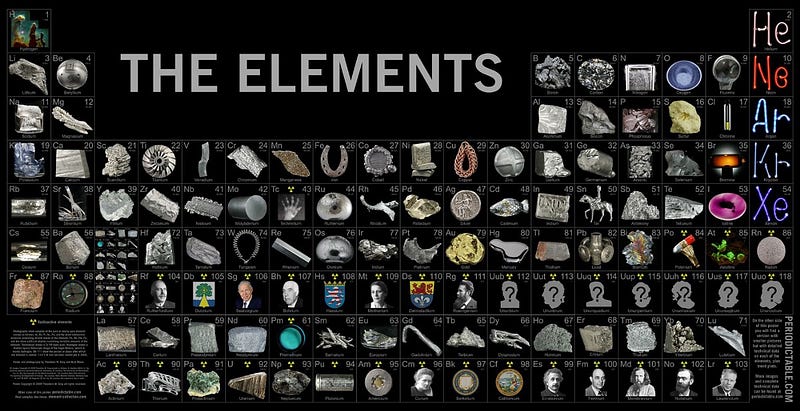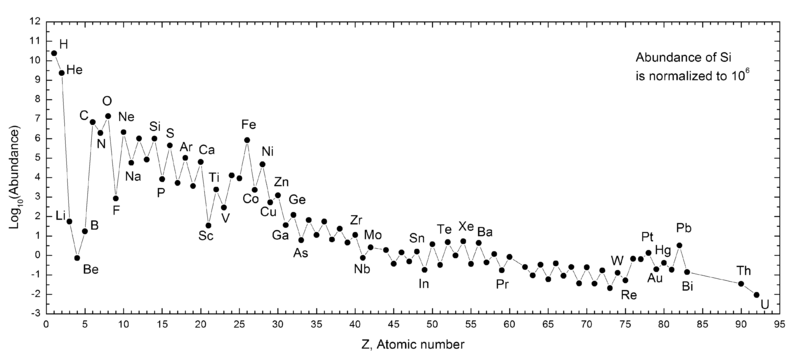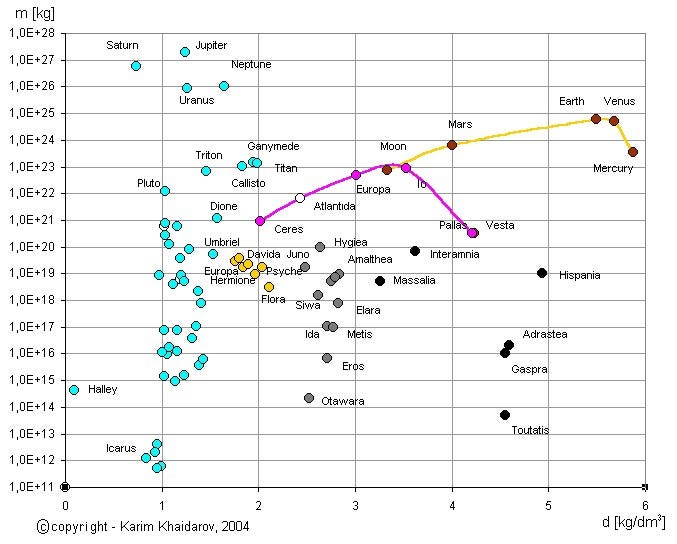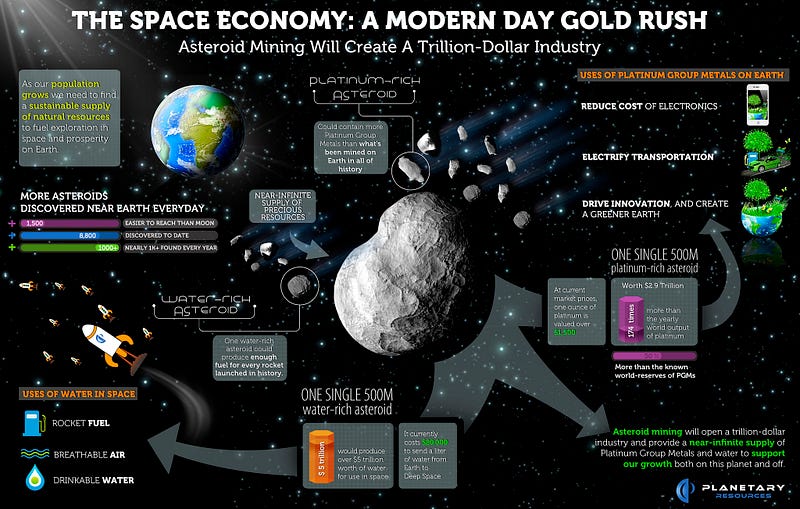Weekend Diversion: The Best Mining Destination
Why look for rare, precious metals on Earth when you can find them here?
“Well, this is a thing unheard of. An Elf would go underground, where a Dwarf dare not. Oh, I’d never hear the end of it.” –Gimli, Lord of the Rings
Every element of the periodic table has its own unique properties and its own set of uses and applications, all thanks to the number of protons in its nucleus and the variety of ways the electrons surrounding it can bind together to other atoms and molecules. Have a listen to Uncle Tupelo’s song about those who spend their lives looking for a particular configuration: Coalminers.
while you consider that not only are some elements far more useful than others, but some are much more abundant than others as well.

The most precious elements we find on Earth aren’t necessarily the ones that have the greatest variety of uses, the most beautiful, or that enable the most effective solutions to a problem. Rather, they’re the ones that are indispensable for any particular application.
As it turns out, this is the case for practically all elements: there are applications each element is uniquely suited for, and no other element has the same exact properties. The most precious elements of all, therefore, are the rarest ones that we can put to use.

All in all, the elements that make up everything in the Solar System are roughly uniform. The only major issue is the same principle underlying buoyancy: that denser, heavier elements tend to congregate where gravity is the strongest, with lighter elements floating atop them. This holds true in the early Solar System, and hence Mercury is made (on average) of denser stuff than Earth is, while we in turn are made of denser stuff than Mars, which is denser than the gas giants.

Here on Earth, however, there’s a problem in getting that dense material: most of it has sunk to the deeper layers of our world! The rare elements aren’t rare on planet Earth; the rare elements are rare on the surface of Earth. They’re in there, but they’re hard to access. Our core is made of iron, nickel, cobalt and a great amount of heavier elements like lead, gold, and even uranium. (Fun fact: if you asked how much of the heat of Earth’s interior comes from gravitational contraction vs. how much comes from radioactive decay, the two percentages are roughly equal.)
But there is hope, just a short distance away.
Sure, it’s farther away to go grab an asteroid than it is to drill down to the center of the Earth, but it’s an easier thing to do. In fact, NASA has a proposed mission — the Asteroid Redirect Mission — that would bring a multi-ton boulder from an asteroid into a stable orbit around the Moon: proof that we could do it.

This would be an amazing feat of engineering, but it would lead to something we’ve only dreamed of so far. It would lead to asteroid mining, where elements that are rare on the surface of the Earth could be gathered in great abundance!

Elements like iridium, rubidium, gold and platinum are found in far greater abundances on asteroids than they are in the richest mines on Earth. In fact, according to MIT:
“one 500-meter-wide platinum-rich asteroid could contain nearly 175 times the annual global platinum output, or 1.5 times the known world reserves of platinum group metals.”
This means that simply retrieving one asteroid — say, about 30 meters across — for a cost of ~$2–3 billion, could result in $25–50 billion of platinum alone. For the first time, space exploration could truly become profitable in an immediate, predictable, return-on-investment sense.

We normally think of asteroids as dangers to Earth: as the thing that wiped out the dinosaurs. But going out and simply getting one may be the smartest thing we can do in terms of obtaining elements that are hard to get on Earth. And as a side bonus, we’d do it by increasing our reach, technology and capabilities as a species, and take us one step closer to other worlds and to the stars.

And if we’re really lucky, it could finally, at long last, make NASA and the enterprise of space exploration a self-sufficient one, with no outside funding necessary to provide it with all the resources necessary to explore the Universe to the fullest of our abilities. The future may be right at our fingertips.
Missed the best of our comments of the past week? Check them out here!
Leave your comments at our forum, and support Starts With A Bang on Patreon!





